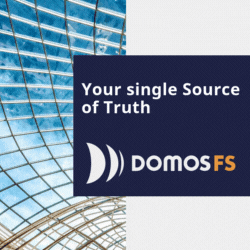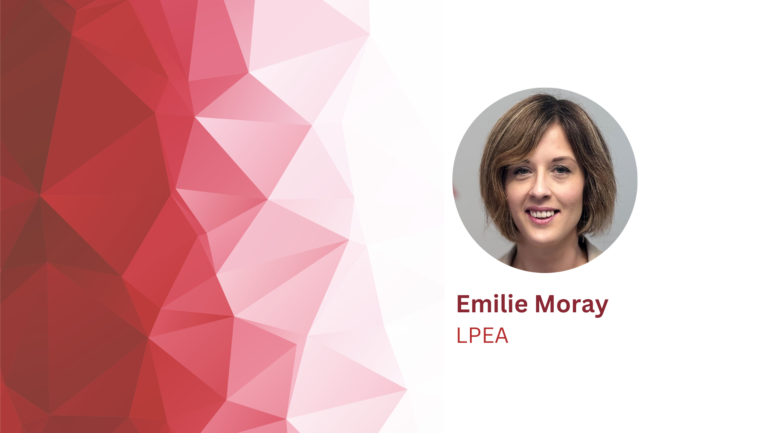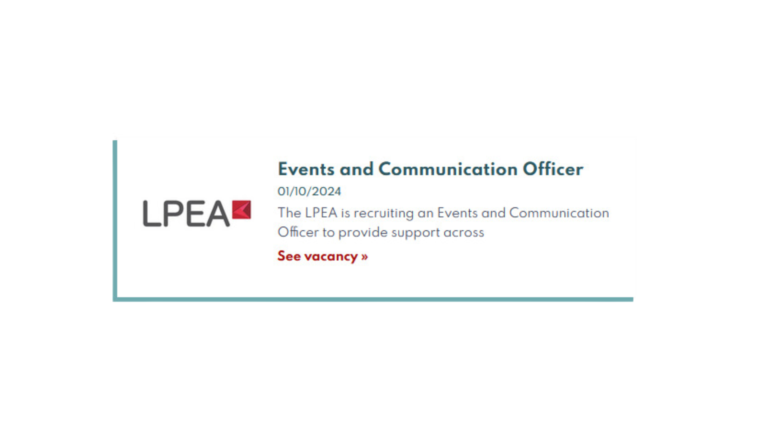By Diogo Dias, Senior Associate – Attorney at Law at Loyens & Loeff as featured in Insight Out Magazine #25
Special acquisition companies (SPACs) have received a lot of attention from the media and within the Private Equity industry for the past three years as they suddenly became the most in-demand equity type asset class in the US, the UK and Europe.
Luxembourg has been involved in several SPAC deals in that period with either the SPAC being a Luxembourg company or the foreign SPAC’s target company being a Luxembourg company.
While SPACs have hit headlines in recent years, such blank check companies first emerged in the 1980s and had a questionable reputation, being not well regulated and plagued with penny stock fraud. SPACs having characteristics comparable to what we know today have been developed from the 1990s onwards.
Until 2020, SPACs remained a niche market in finance with transactions being limited in size and often only being considered as a last resort strategy when a company could not complete an initial public offering (IPO) or attract interest to be taken over by professional investors.
Their popularity dramatically increased in 2020 and 2021 and the numbers of the so-called “SPAC boom” speak for themselves: the SPACs created in 2020 raised approximately 76 billion USD and the SPACs created in 2021 raised approximately153 billion USD.
However, capital raised through SPACs fell sharply in 2022 to approximately 13 billion USD. This is mainly due to inflation, rising interest rates and the general market slow down.
Does this mean the SPAC party is over?
What exactly is a SPAC and how does it work?
A SPAC, or a blank check company, is a company that is formed by raising capital through an IPO for the purpose of acquiring or merging with an existing operational company. The purpose of a SPAC is to find a target company and complete a business combination with such target.
SPACs provide private companies a unique way to access the public markets. Even though SPACs are usually structured similarly to traditional Private Equity funds, it is generally considered that they should not qualify as alternative investment funds (AIF) within the meaning of Directive 2011/61/EU on alternative investment fund managers (AIFMD) as they (i) pursue a commercial purpose, (ii) do not have a defined investment policy and/or (iii) qualify as a “holding company” in accordance with Article 4(1) (o) of the AIFMD. It is worth noting that the ESMA stressed, within its latest release of its Q&A on the application of the AIFMD on 16 December 2022, “that the structure of SPAC transactions is complex and there are significant variations between the general structuring of relevant vehicles and concrete modalities of their transactions”. It is therefore important to assess on a case-by-case basis whether a particular SPAC meets the criteria of the AIF definition as set out in the AIFMD.
When a SPAC is listed through a traditional IPO process the investors in such SPAC are asked to entrust their funds to a company with no real business activity and no track record. In fact, the SPAC is simply a “shell” created to identify and acquire a suitable target company. Usually, a SPAC has between eighteen and twenty-four months to find a suitable target company. As SPAC shares are traded in regulated markets any person or entity having access to such financial markets can invest in a SPAC.
Such investors must have faith that the SPAC will be able to find a suitable target and they must trust the founders of the SPAC – commonly referred to as “sponsors” or “promoters”. Anyone able to raise sufficient funds can be a sponsor. From the SPACs established in recent years, sponsors can usually be divided into three groups: (i) former chief executive officers and top executives of leading companies, (ii) a celebrity in any field – actors, singers, athletes or politicians and (iii) Private Equity firms.
The sponsors must meet the expectations of the investors by establishing a business combination (by way of merger or acquisition) with a suitable target company (de-SPAC Transaction). A de-SPAC Transaction can take various forms the most common being a (cross-border) merger. Most SPACs require a de-SPAC Transaction to be completed no later than twenty-four months from the IPO. If a SPAC does not complete a de-SPAC Transaction by the set deadline, then either (i) it requests investors to vote in favor of an extension of the timeframe or (ii) the SPAC is liquidated and the funds are returned to the investors, usually with interest.
SPACs come to life at the initiative of sponsors, which put their own funds at risk as they cover the formation and initial operational costs of the SPAC. If a Sponsor does not manage to complete a de-SPAC Transaction, it will lose an amount corresponding to these formation and initial operational costs.
However, if the sponsor succeeds in completing a de-SPAC transaction it purchases for a nominal price (often around 25,000 USD) sponsor shares or founder shares. This is how the sponsors get remunerated and is called “the promote”. The promote typically represents approximately 20% of the total equity and is only vested upon completion of a de-SPAC Transaction.
The following simple mathematical example helps to illustrate how this works in practice:
– a sponsor creates a SPAC with a capital raising of 200 million USD;
– the SPAC issues 20 million shares (corresponding to 80% of the total shares) to investors at an issuance price of 10 USD per share;
– the sponsor purchases, for a nominal price (often around 25,000 USD), 20% of the total shares, i.e. 5 million shares;
– the de-SPAC Transaction is completed, and the sponsor shares are vested at 10 USD per share;
– this results in the stake held by the sponsor being worth 50 million USD.
The promote can, clearly, be very lucrative for sponsors. However, this puts the sponsor in a delicate position as it may have to face the choice of pushing a business combination through (even a suboptimal one) or losing the invested risk capital.
Outlook for SPACs
There has, already, been a sharp decrease globally in incorporations of SPACs during 2022. This is not unsurprising given that as a result of the significant popularity of and demand for SPACs in 2020 and 2021, there are currently too many SPACs chasing too few deals. Many SPACs will likely opt to liquidate – some investors like Chamath Palihapitiya and Bill Ackman have already decided to liquidate the SPACs they sponsor.
All that being the case, SPACs are, we expect, still here to stay and have a positive impact for capital markets in general. SPACs offer investors, targets, and sponsors an alternative to traditional transactions and exits and, from the SPAC boom in 2020 and 2021, Luxembourg has proven itself as a well-equipped jurisdiction both for the launch of SPACs and the implementation of de-SPAC transactions.




